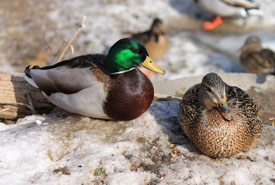B4.2 Ecological Niches
1/37
There's no tags or description
Looks like no tags are added yet.
Name | Mastery | Learn | Test | Matching | Spaced |
|---|
No study sessions yet.
38 Terms
What is an ecological niche?
An ecological niche is the specific role that an organism plays in its habitat; This could be:
What the organism eats
What species relies on the organism for food
Its activity patterns
Its location (where it lives and feeds)
The abiotic and biotic factors that influence its survival
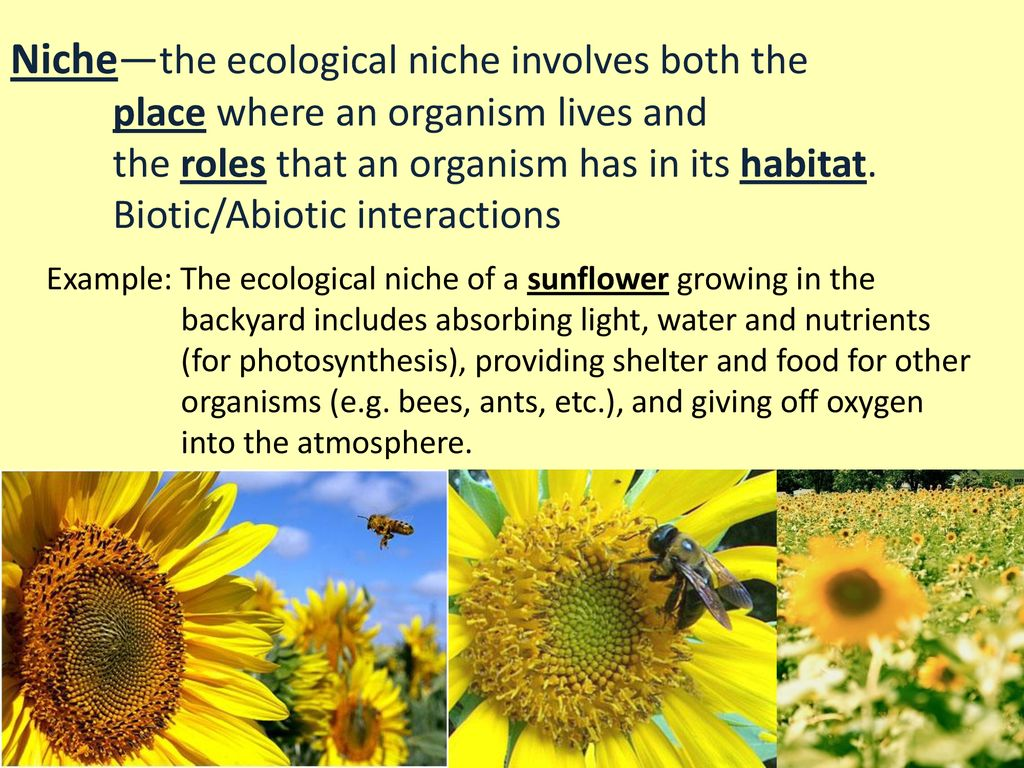
Can two species share the same niche at the same time?
Two species cannot share the same ecological niche for very long; It is only a matter of time before one of the organisms will outcompete the other until only one organism remains.
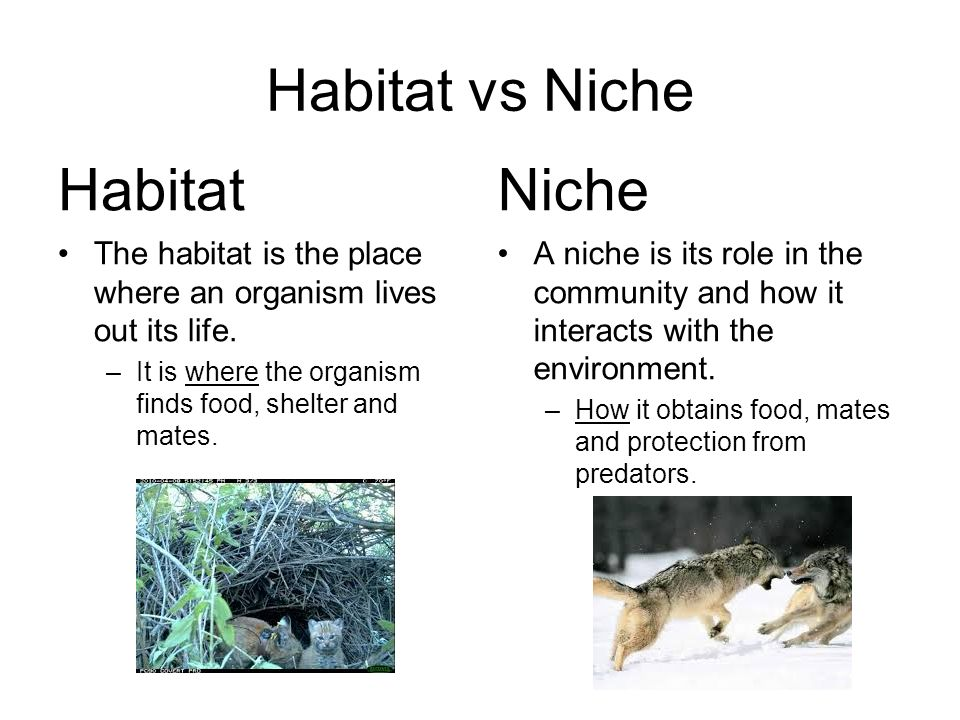
How come some species seem very similar, and it almost seems like they have the exact same niche?
Even if two species seem similar, there are always subtle differences between them, like their feeding times, prey choices, microhabitats that separate their niches.
Do all organisms carry out cellular respiration? If so, do they all rely on oxygen? what are the different types?
Obligate Anaerobes = Are obligated to live without oxygen, and cannot survive with oxygen. They only use anaerobic respiration to live.
Example: Deep sea microbes, these are bacteria that live in oxygen-free soil
Facultative Anaerobes = Prefer to use Aerobic Respiration, but can also use Anaerobic respiration if forced to;
Example: Yeast (oxygen supply runs out in the oven) and E-Coli
Obligate Aerobes = Are obligated to use oxygen in cellular respiration, cannot survive without oxygen
Example: Almost all animals, fungi, and bacteria (including the tuberculosis bacteria)
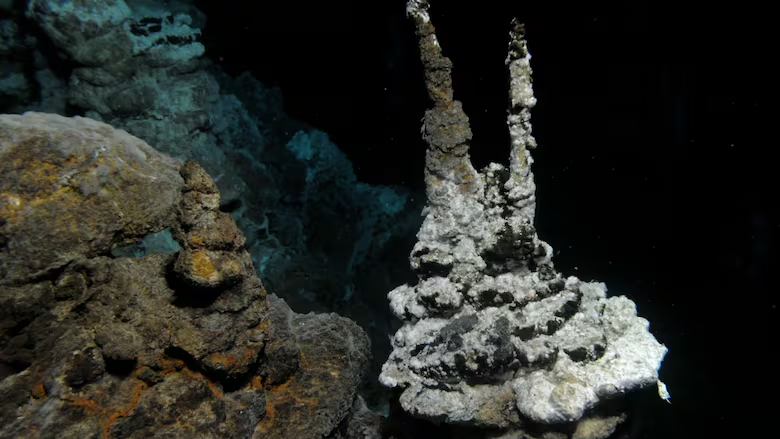
Is energy created when ATP is produced?
No, energy cannot be created; Energy is only transferred from one form to another; From ATP to a real energy source
What are Autotrophs and Heterotrophs?
Autotrophs = Are organisms that are self-sufficient, and can produce their own organic molecules from inorganic sources
Includes:
Photoautotrophs = Use light energy (sunlight) to convert carbon dioxide into carbohydrates like glucose
Chemoautotrophs = Use chemical reactions (like oxidizing sulfur or iron for energy)
Example: Plants, Algae, and Cyanobacteria
Heterotrophs = Are organisms that need to consume organic molecules produced by other organisms
Example: Most Animals, Fungi, and Bacteria
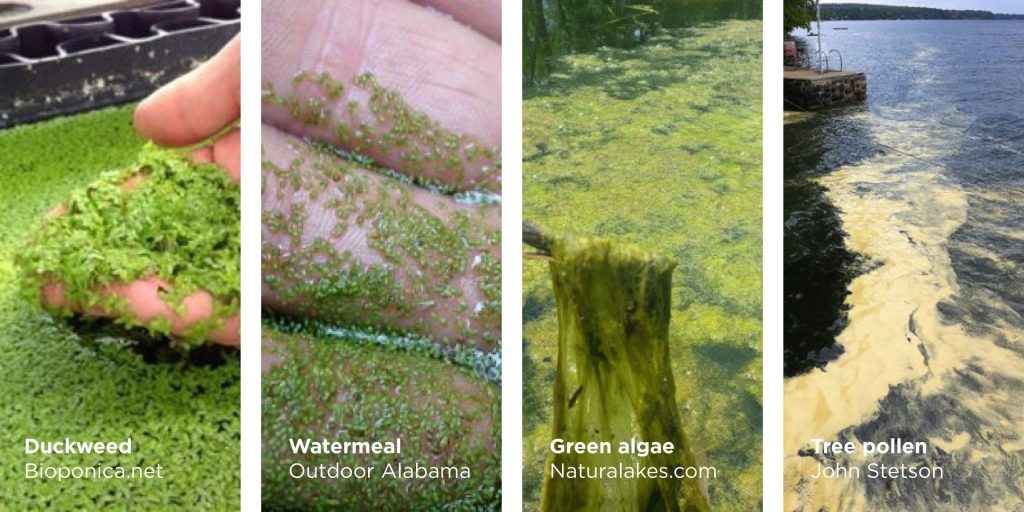

What is holozoic nutrition?
Holozoic nutrition just refers to internal digestion;
All Heterotrophs are also Holozoic, because they digest their food internally to absorb nutrients and other molecules.
However, there are some exceptions: Houseflies secrete digestive enzymes externally to absorb nutrients, instead of internally digesting food

What are the four stages of Holozoic Digestion:
Ingestion = putting the damn food in your mouth
Digestion = breaking down large molecules into forms that can be absorbed
Absorption = nutrients entering the body through digestion
Assimilation = the nutrients actually being used to grow, repair, or generate energy
IDAA
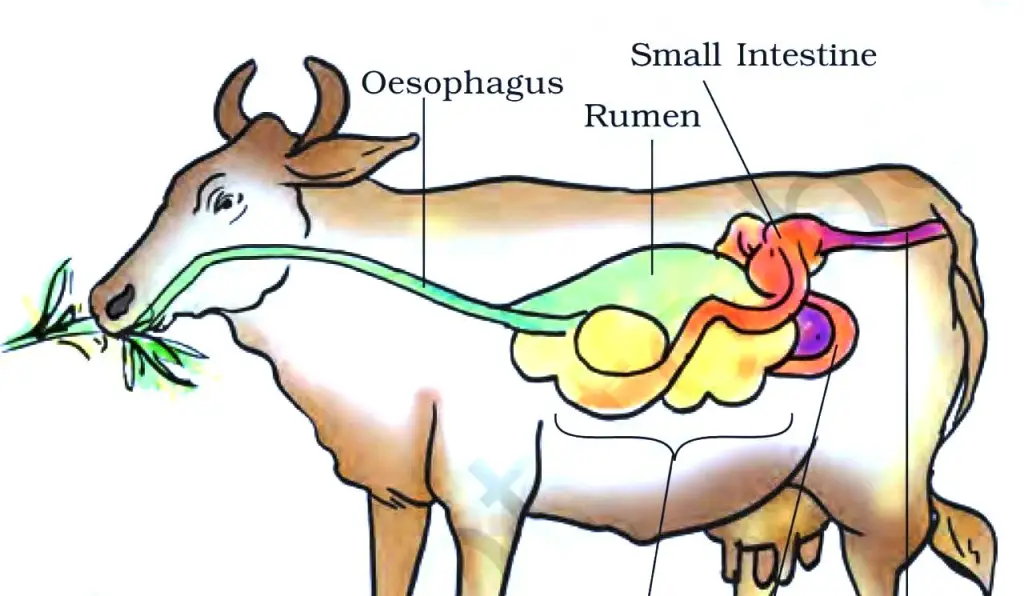
What are mixotrophs? What are the two types of mixotrophs?
Mixotrophs combine autotrophic and heterotrophic nutrition; So they can either produce their own food or consume other organisms when they need it.
The two types of mixotrophs are:
Obligate Mixotrophs = Organisms that are obligated to use both methods (heterotrophic and autotrophic nutrition at all times) to survive
Facultative Mixotrophs = Organisms that can switch between being autotrophs or heterotrophs based on the environmental conditions
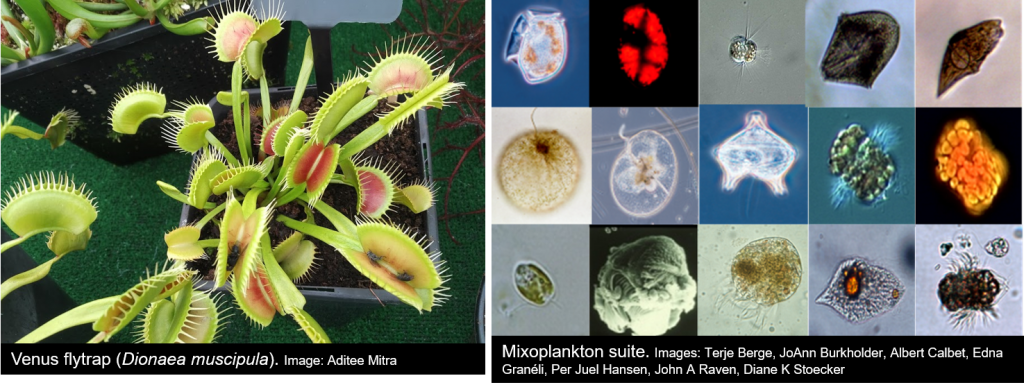
Can you give some real life examples of Mixotrophs?
Venus Flytrap:
Can use photosynthesis to generate energy
Can also trap and digest insects for their nitrogen :PP
Marine Plankton
Can use photosynthesis in the sunlight
Can also consume bacteria in dark conditions
Coral Polyps
Can Receive nutrients from the algae growing on it (like Zooxanthellae) which undergoes photosynthesis
Can also consume small plankton and fish by stinging and immobilizing them
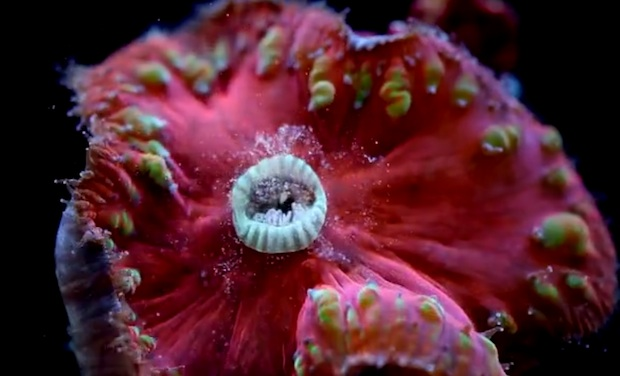
What are Saprotrophs?
Saprotrophic nutrition is the opposite of Holozoic nutrition; It is where organisms digest dead material externally.
They secrete digestive enzymes onto their food, digest the food externally, and absorb smaller molecules afterwards.
Can you give some examples of Saprotrophs?
Fungi (like Decomposing Mushrooms)
Secrete enzymes that break down dead plant and animal material
Bacteria (soil decomposers)
Also secrete enzymes to break down organic waste into nutrients
Mold (on decaying food)
Secretes enzymes to break down decaying food, and after digesting the food externally, it absorbs the nutrients

What are detritivores? How are they different from Saprotrophs?
Detritivores are organisms that feed on detritus (dead organic matter); But they are different from Saprotrophs because they still digest their food internally, not EXTERNALLY like Saprotrophs do.
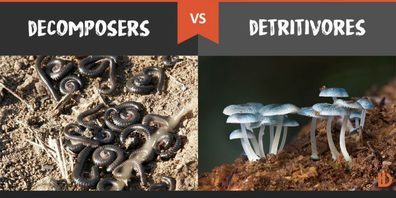
What kind of organism are Archaea? Are they autotrophs or heterotrophs? or neither?
Archaea are a totally different domain of life; They are single-celled organisms that thrive in extreme environments
Archaea are mostly autotrophic, but not all; so in general, we would say that they are Mixotrophs.
Archaea can be Phototrophic, Chemoautotrophic, or Chemoheterotrophic

What does it mean to be a Phototrophic archaea?
It means that some archaea can use sunlight as an energy source to produce their own food through a process called Phototrophy;
But unlike plants and bacteria, they don’t go through any kind of phosynthesis.
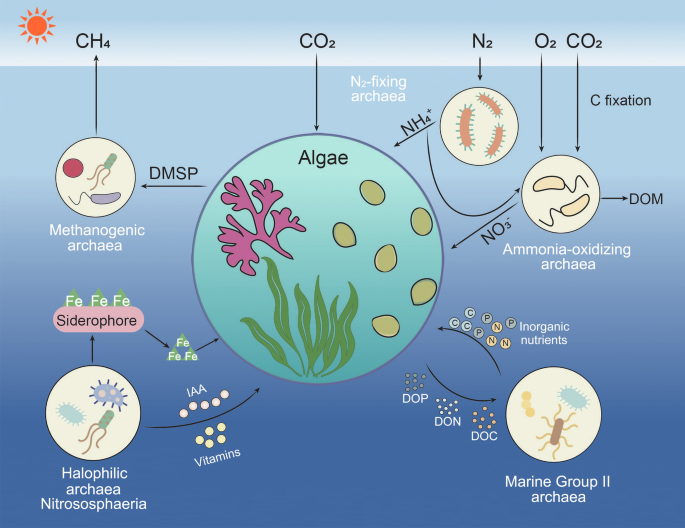
What does it mean to be a chemoautotrophic and chemoheterotrophic archaea?
Chemo(auto)trophic archaea can produce their own food by using sources of carbon for chemical energy like Hydrogen gas (H2), Ammonia (NH3), and Methane (CH4) through a process known as Chemosynthesis.
Chemoheterotrophic archaea consume organic carbon as energy and a carbon source.
Why is Archaea’s metabolism so unique?
Its metabolism is unique because it can thrive in oxygen-free or extreme environments like deep oceans, acidic lakes, and volcanic regions.
What is the Hominidae family? What does it include?
Hominids include all primates in the primary evolutionary tree:
Humans, chimpanzees, gorillas, orangutans, and gibbons
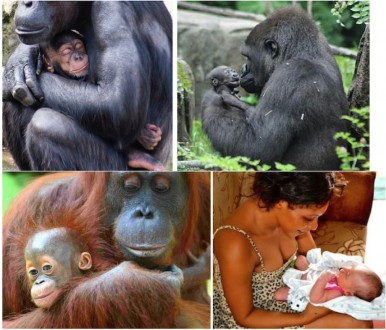
Are hominids carnivores, herbivores, or omnivores? Can you give 2 specific examples of members in the hominid family and their specific diets?
Hominids are omnivores; they consume both plant and animal based foods, but some species lean more towards one than the other;
Chimpanzees = Primarily consume fruit and some meat (they are Frugivorous)
Gorillas = Primarily consume leaves, shoots, and insects occasionally (are herbivores!!)
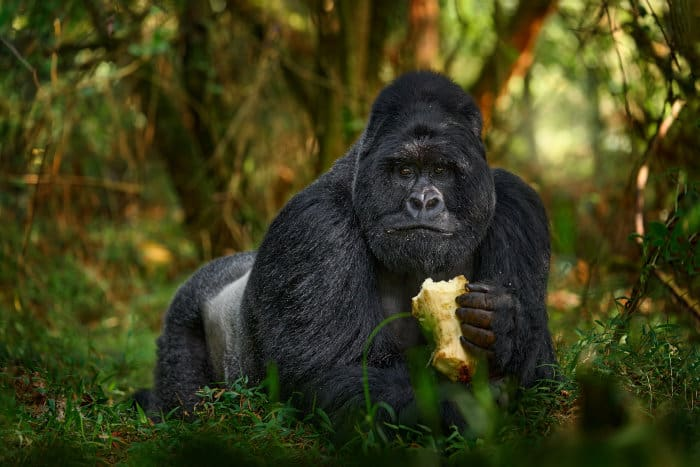
How have the teeth of Chimpanzees and Gorillas adapted for their diets?
Chimpanzees have adapted to have small jaw muscles, small incisors, and long canines for biting meat.
While Gorillas have developed much larger jaw muscles and large molars & premolars for grinding up all those leaves and shoots. But they also have pointy canines.
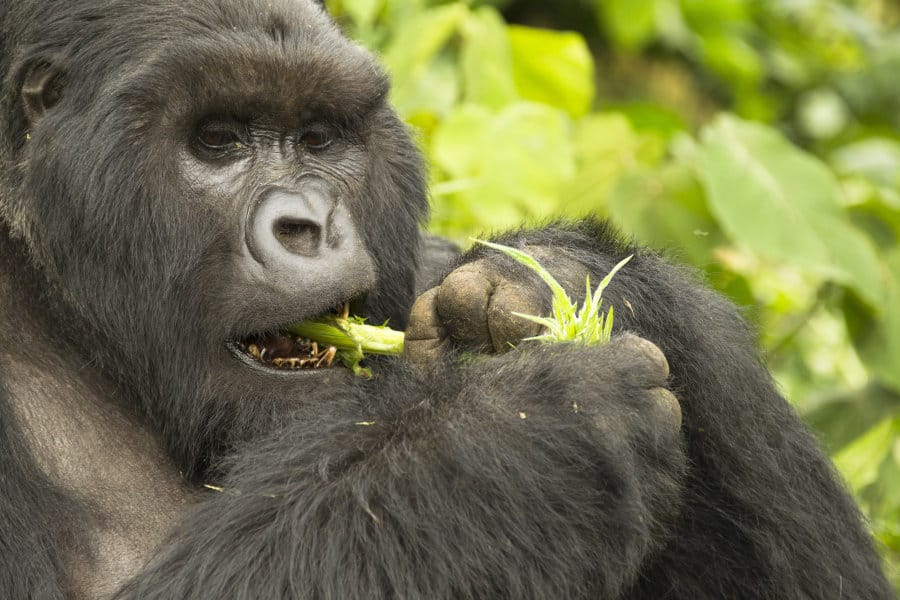
What is the function of Incisors, Premolars and Molars, and Canines?
Incisors = Are sharp, chisel-like teeth that help cut into food
Canines = Are pointy and used for tearing apart food and holding food
Premolars & Molars = Are flat and rigid, mostly used for grinding plant material
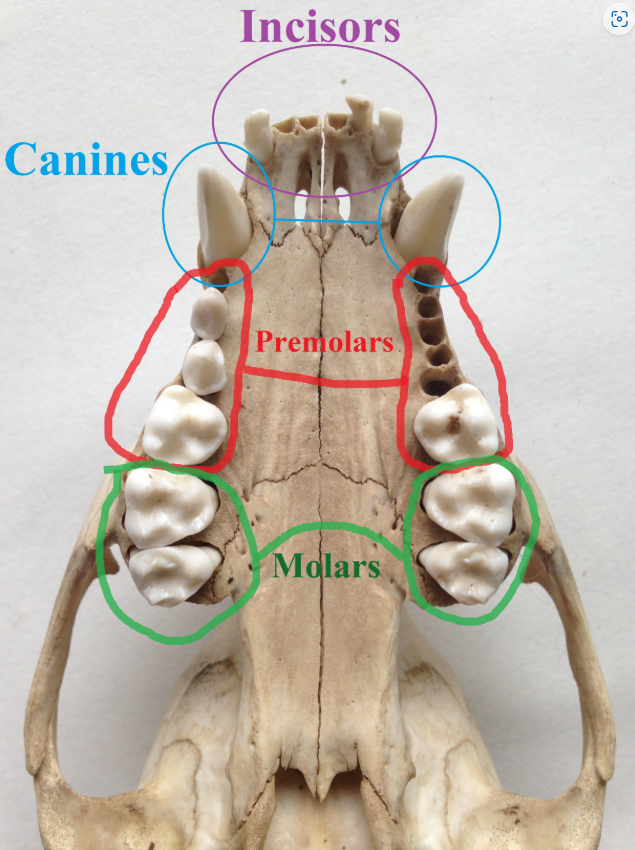
What evidence to scientists use to study the dietary habits of ancient Hominids?
We look at their skull fossils; This tells us a lot about their jaw strength, tooth shape, and wear patterns, which can indicate what they used to eat.
We also look to see if there are any tooth abrasion patterns, and hunting tools found next to the fossils to support the idea that they were meat consumers.
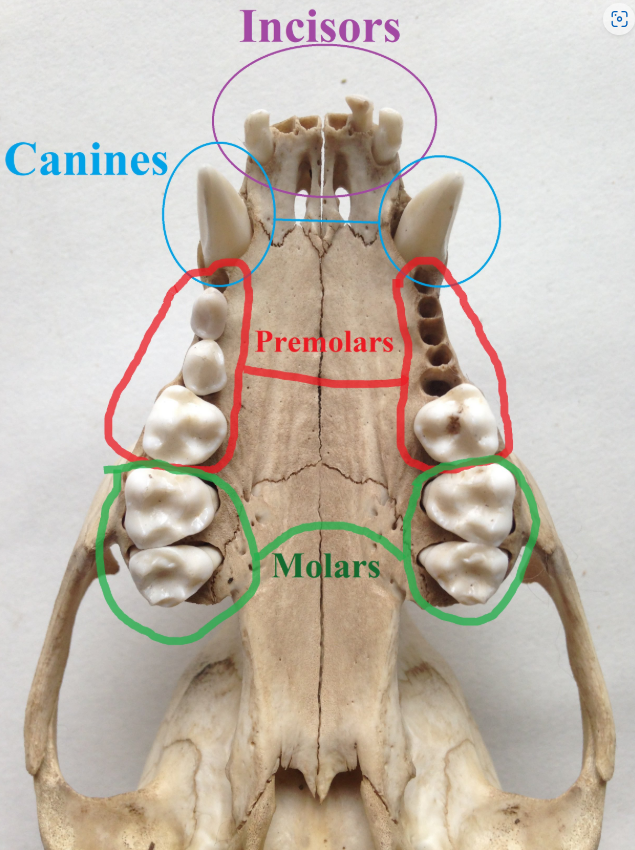
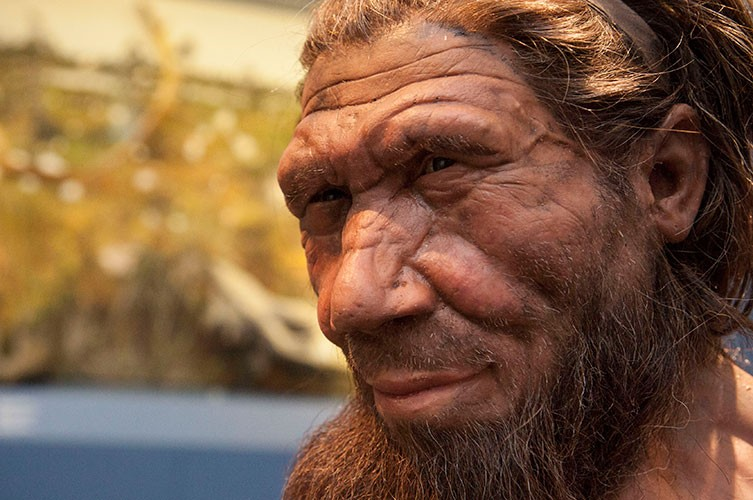
Can you give an example of 1 Ancient Hominid, and how its teeth were adapted for its diet?
Homo floresiensis = Was mostly on a plant-based diet, with some meat;
They had a square jaw, small canines, and large premolars for grinding.
There was also evidence that they used cutting tools.
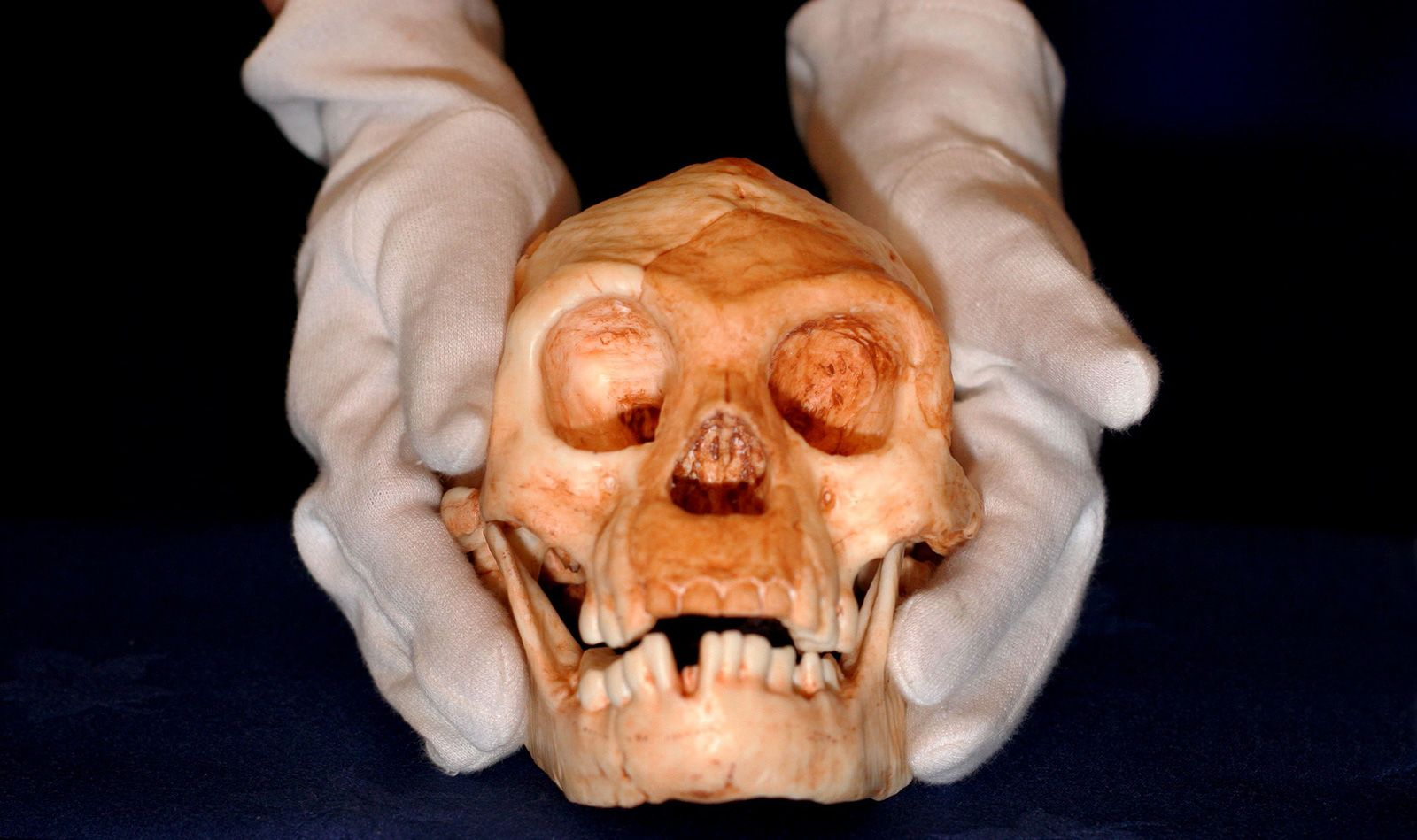
How do scientists actually know which teeth of which hominid correspond to which diet?
A lot of modern scientists start by observing modern hominids (us) in order to form a theory about ancient diets based on the similarities between us and them;
What are some inconsistencies about the conclusions drawn from fossil tooth analysis?
Human teeth resemble the teeth of herbivores; Except, a lot of humans still eat large amounts of meat
On the other hand, Orangutans and Gorillas have pointy canines but don’t eat much meat.
This shows that teeth may serve other functions besides just eating (like maybe making threats)
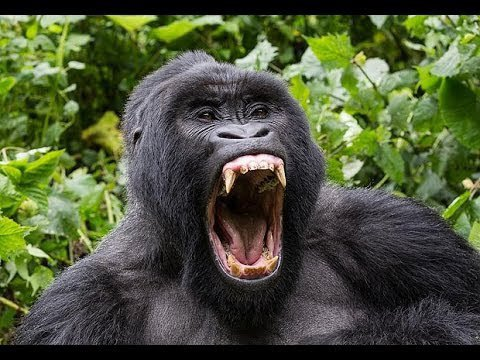
What adaptations to herbivores have to maximize their plant consumption?
Give real examples from an insect to explain
In Insects:
Aphids: Have needle-like mouth-parts called stylets that they use to pierce into plant tissues and extract the sugary sap from (the phloem)
Caterpillars & Beetles: Both have sharp mandibles to cut through tough leaves for digestion

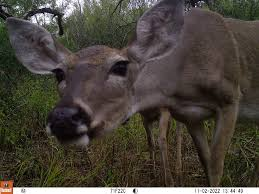
What adaptations do herbivores have to maximize their plant consumption?
Give real examples from mammals to explain
In Mammals:
Grazing Animals (Sheep and Horses) = Have flat molars to grind up plant matter
Cows & Deer = Both have multi-chambered stomachs to regurgitate and re-chew food in order to improve digestion. They also have special gut bacteria that can break down cellulose.
Deer = Also have enzymes in their saliva that can bind to plant tannins to neutralize harmful compounds
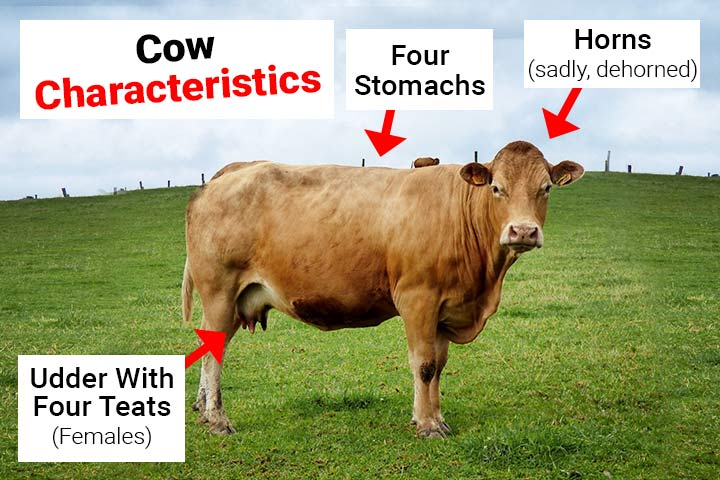

What adaptations do plants have to protect themselves against herbivores?
Cacti = Have spines to prevent herbivores from feeding on their water storing tissues
Nettles = Have hairs containing toxins that irritate the skin, and create red stinging rashes to repel any predators
Thick Bark on Trees = Prevents insects from digging into them
Foxglove = All parts of it are poisonous; It contains poisonous toxins known as digitalis that can be fatal if ingested; They affect the heart, causing arrhythmias, slow heart rate, and even cardiac failure in animals
Deadly Nightshade = Contains Atropine, which blocks nerve signals and can cause muscle paralysis
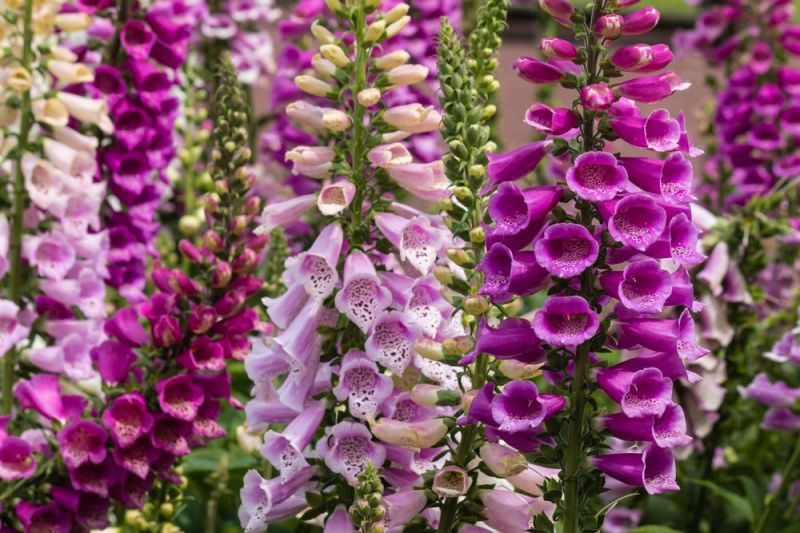
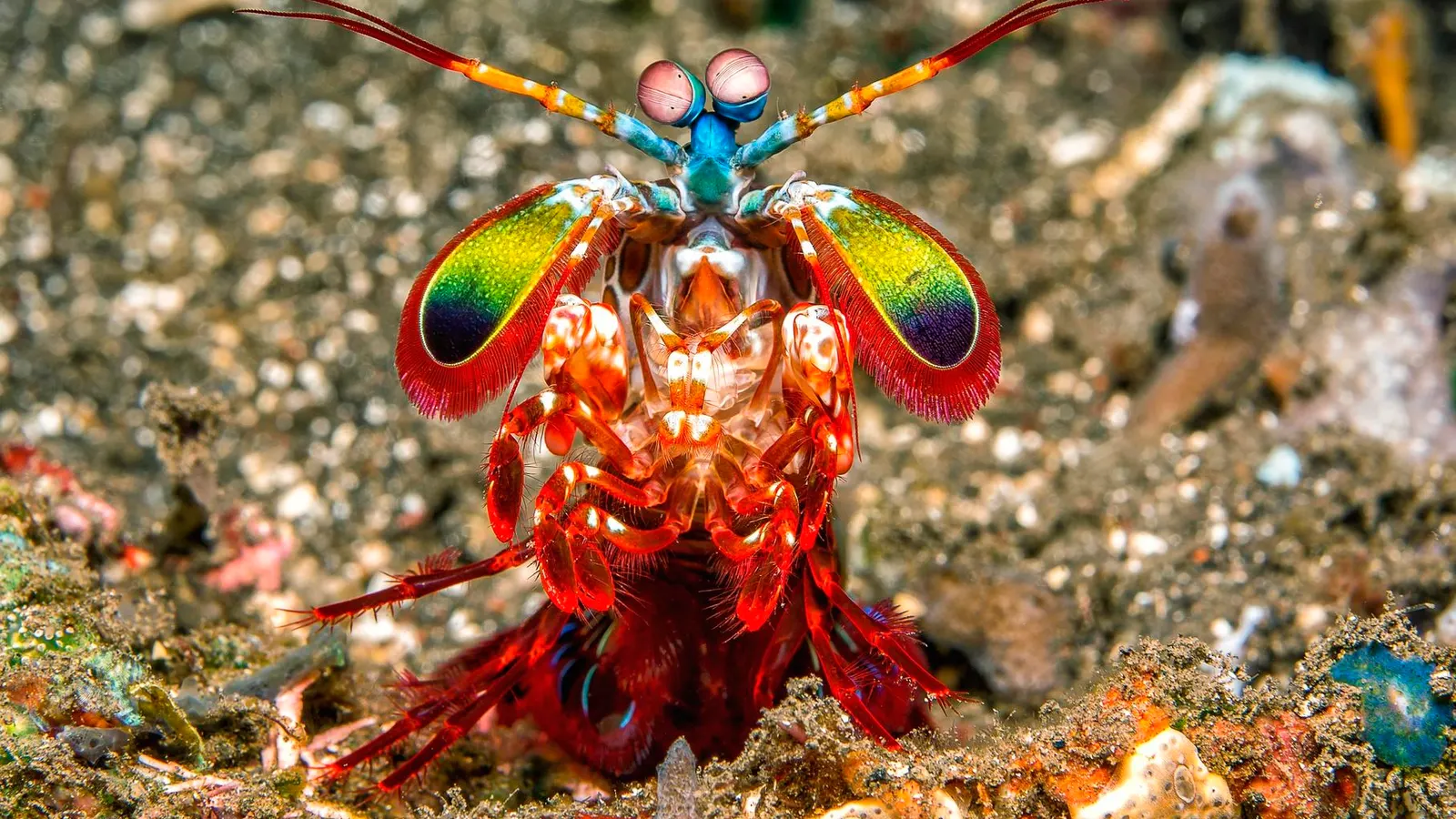
What adaptations do predators have to have better hunting success?
Chemical Adaptations:
Rattlesnakes → Inject their prey with venom to paralyze or kill them by damaging their blood circulation
Mambas/Cobras → Inject their prey with venom that disrupts their nerve function
Bolas Spiders → Imitate the pheromones of female moths; luring in male moths to kill and capture them
Physical Adaptations:
Birds of Prey → Have excellent vision for spotting movement in the distance
Bats → Use echolocation to navigate in the darkness and locate prey using the reflection of sound waves
Cheetahs → Have long limbs and flexible spines for high-speed chasing of prey
Mantis Shrimps → Have modified front limbs that can strike at 50 mph to catch prey
Behavioral Adaptations:
Orcas, Lions, and Wolves will all use teamwork to overwhelm larger prey
Crocodiles = Approach prey silently underwater before launching an attack
Wolves & Other undomesticated dogs = Will rely on endurance pursuit, chasing prey until they become exhausted
Puff adder Snakes = Will stay motionless for weeks, blending into their surroundings before they strike
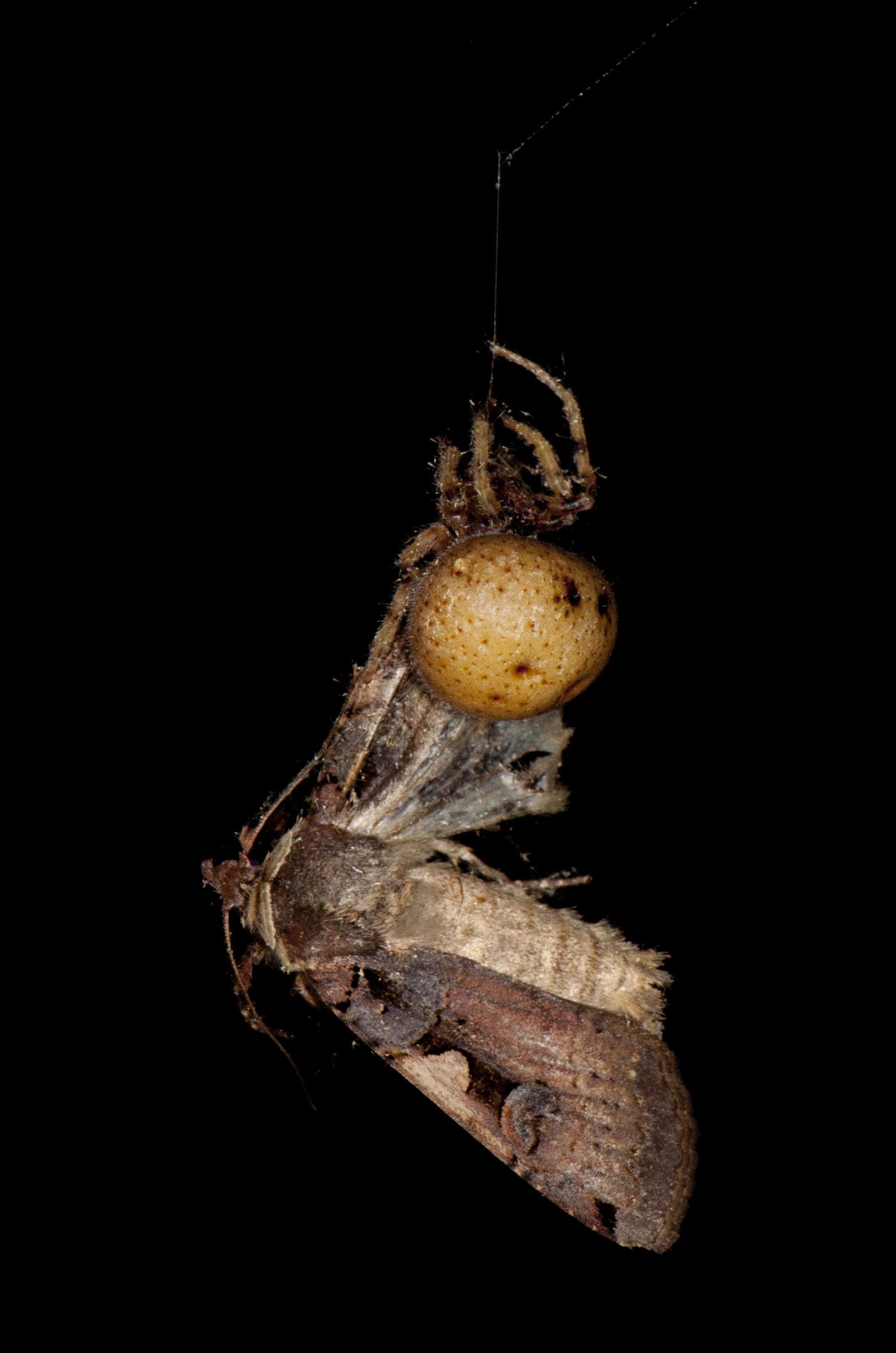
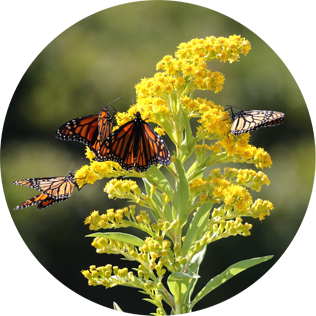
What adaptations does prey have to escape predators?
Poison-Dart Frogs → Store toxins in their skin that are fatal to predators
Monarch butterflies → Absorb the toxins from milkweed plants (which they consume) making them inedible
Skunks → release noxious spray to deter predators
Leaf Insects & Stick Insects → Both look like leaves and sticks, blending into the surroundings and avoiding being detected
Porcupines → Have sharp quills to discourage predators from attacking
Armadillos → Have thick armor to prevent predators from penetrating it
Fish & Zebras → Group together to reduce the risk of getting caught individually
Gazelles & Antelopes → Rapidly sprint and have unpredictable movements to evade predators
Rabbits → Run into burrows when they detect the shadows of a predator
Desert Rodents (like the Kangaroo Rat) → Stay underground during the day and only come out at night
Seagulls → Use alarm calls and group together to attack predators and drive them away
Some opossums, snakes, and sharks → Will play dead so that predators lose interest
Harlequin Filefish → Absorb the scent of corals to prevent detection from predators
Owl Butterflies → Display wing patterns that look just like owl eyes, to deter attackers
Crabs & Other Crustaceans → Have a tough exoskeleton that acts as armor against attacks

What are emergent Trees? Why is their adaptation important?
Emergent trees are trees that can grow even taller and faster than the average tree to outcompete it in forest canopies in order to get the best light absorption and higher photosynthesis rates;
Maximizing height is important because in dense forests, there is only a limited amount of sunlight, so trees need to be taller to get access to uninterrupted sunlight.
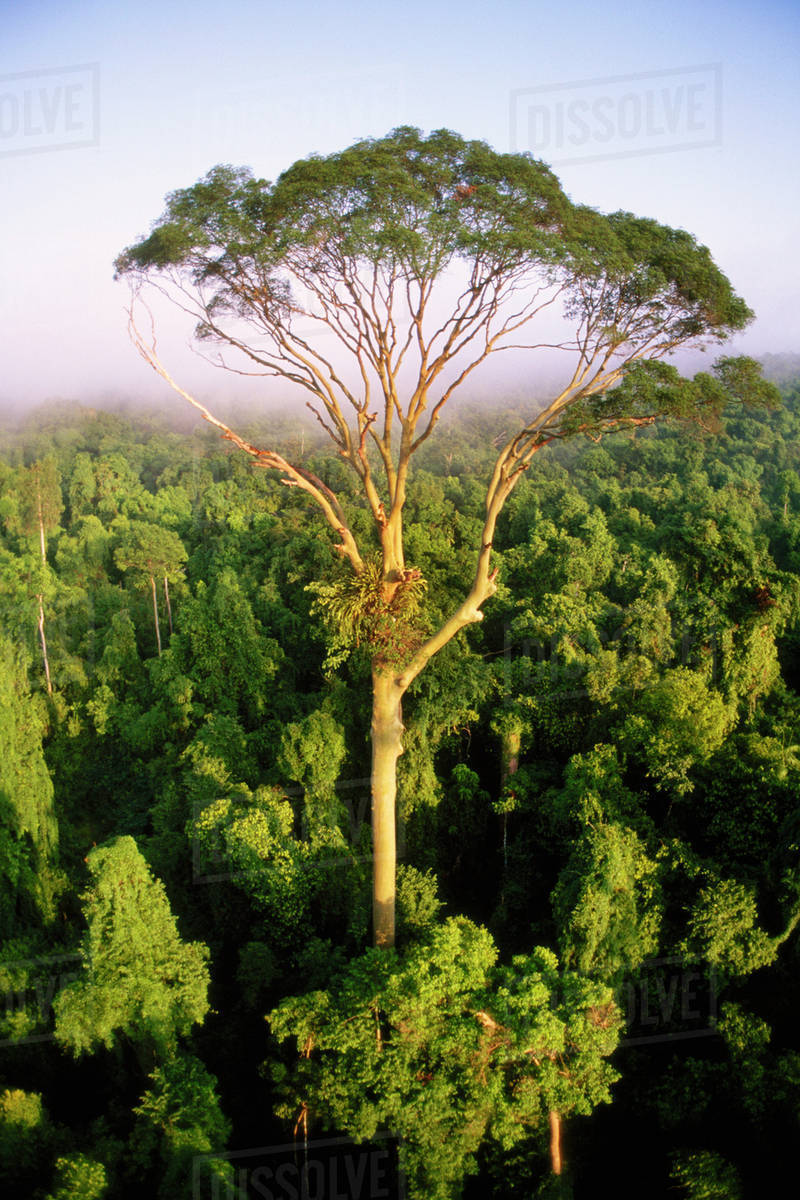
How do some plants avoid competing for light? Can you give one example?
They grow directly on trees!
Epiphytes (are non-parasitic) plants that grow high on tree branches to maximize their light exposure; They absorb nutrients from the water or air, and so they don’t compete with trees for the soil.
An example of an Epiphyte is moss, which absorbs both water and nutrients from the bark of a tree.
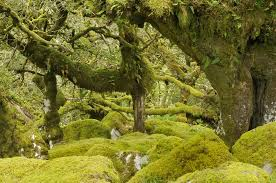
What are strangler figs?
Strangler figs are fig trees that start out their lives as epiphytes, beginning to grow on a tree (without being rooted into the soil), until they start extending their roots down to the forest floor.
They use trees as scaffolding, minimizing the amount of energy that they need to gain height. After they’ve established themselves, they begin to outgrow and suffocate the host tree, stealing both light and nutrients.
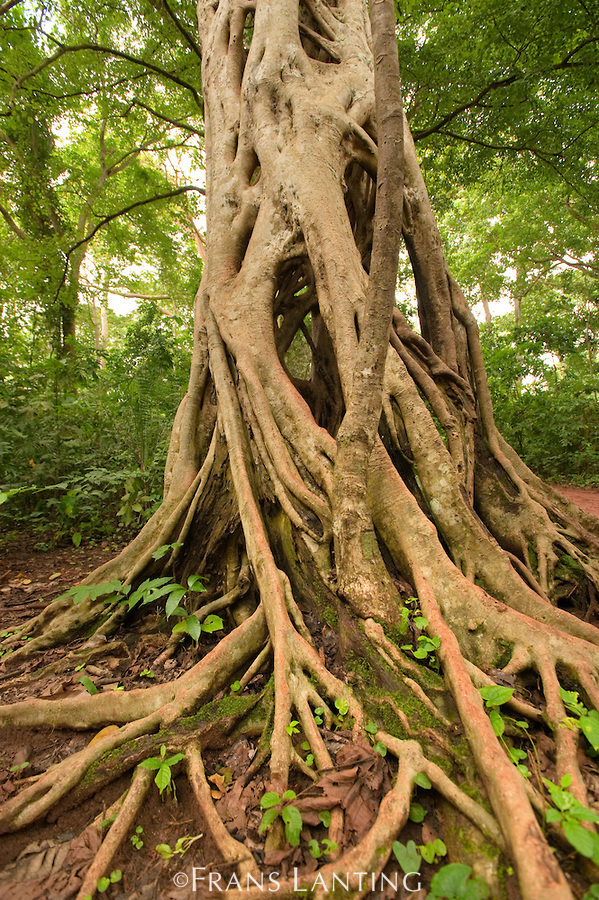
How do forest floor plants maximize their light absorption?
Forest floor plants get very little sunlight down there on the floor, so instead they have many different photosynthetic pigments that can absorb a wide variety of different wavelengths of light which reach the canopy.
They also have large leaves to maximize their surface area for light absorption, and very colorful flowers with strong scents to attract pollinators despite the low levels of light.

What is a fundamental niche? What is a realized niche?
A fundamental niche = The full range of environmental conditions that a species could theoretically survive and reproduce in; Theoretically, this could be literally anywhere it is physiologically capable, given that no predators were present
A realized niche = Represents the actual habitat that a species occupies, and that is restricted by certain forms of predation and competition, Biotic interactions can also reduce the available resources and space here, shrinking the niche of a species.
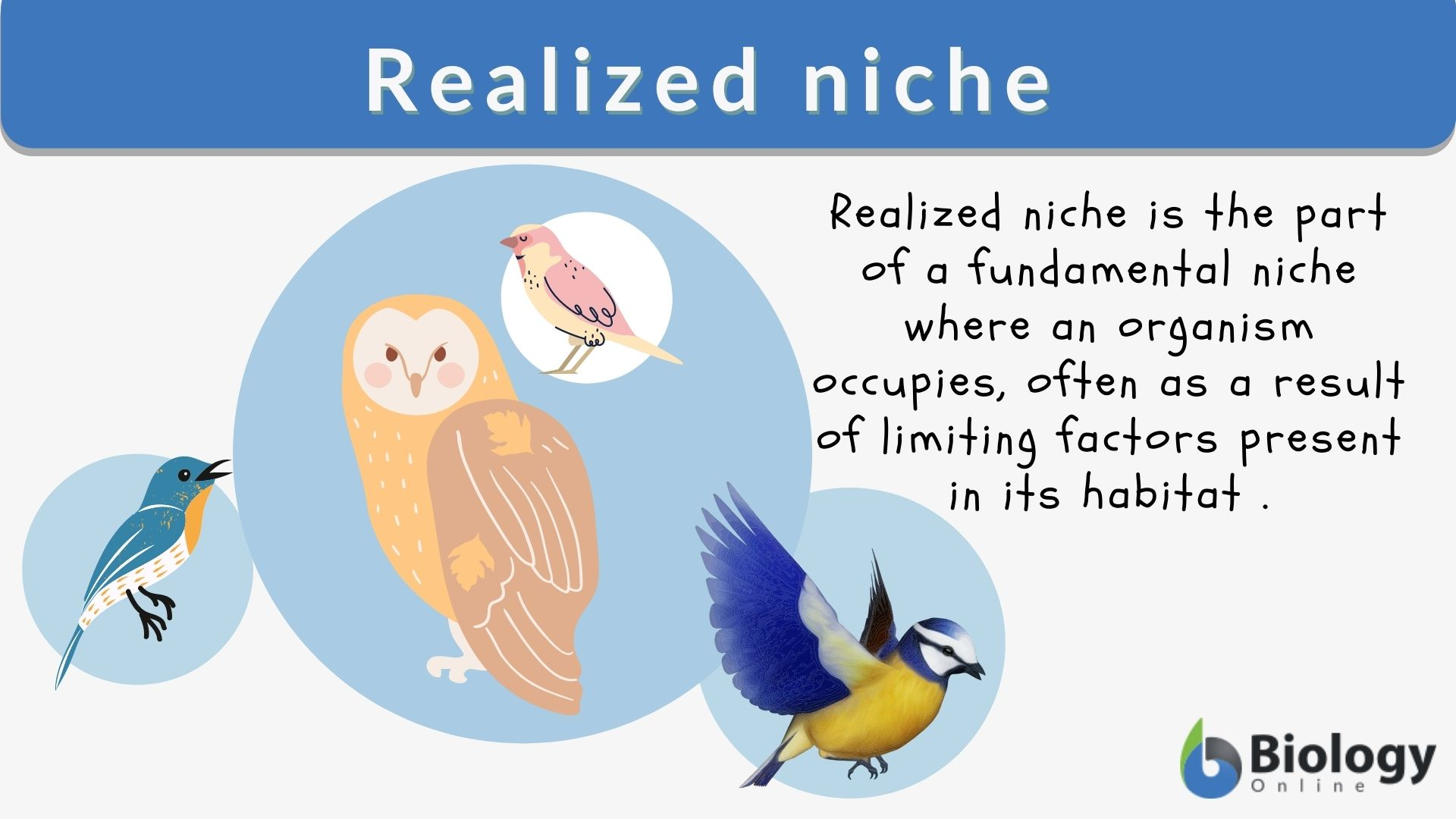
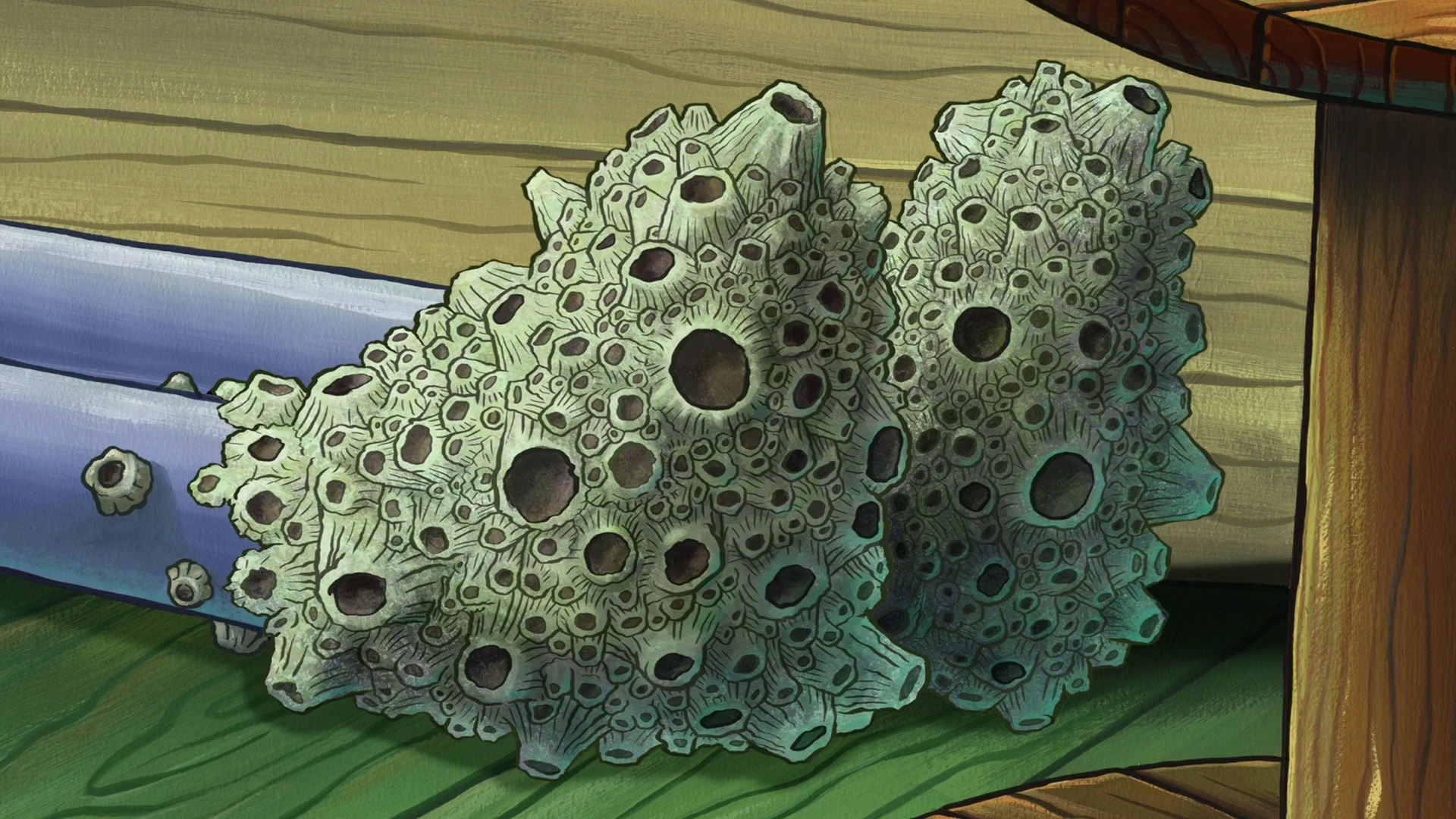
Can you give an example of an organism’s fundamental and realized niche?
Barnacles:
Specifically the two types of barnacles: Chthamalus and Balanus;
In their current realized niche, Chthamalus lives on the high tide, on the rocky side, while Balanus lives partway in the ocean and the low tide of the water.
However, when scientists removed Balanus from the picture, Cthamalus expanded, moving to both the low tide and the high tide. So technically, Cthamalus could occupy both regions when Balanus wasn’t present, making this area its fundamental niche. But because Balanus exists in real life, competition between the two limits Cthamalus to only living on the high tide.
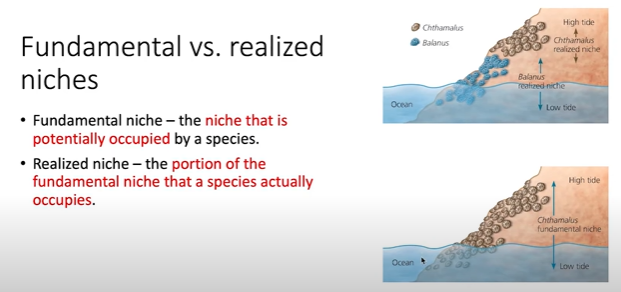
What is competitive exclusion?
Since a niche can only be occupied by one species at a time, species that compete for identical resources either need to adapt or be eliminated.
So competitive exclusion refers to the inevitable elimination of a species who have identical needs for the same resources and occupy the same niche.
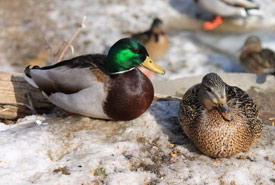
Can you give an example of competitive exclusion?
Mallard ducks were introduced into New Zealand and they began hybridizing with native ducks; Over time, these native ducks were pushed out or genetically replaced because of Mallard Competition. And now, pure native ducks are extremely rare to find.
